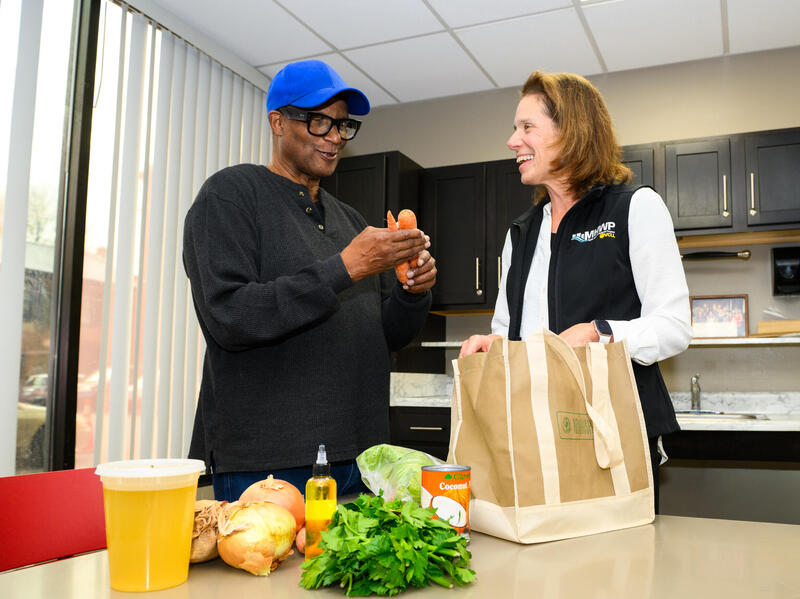
June 3, 2010
Art Students Find Inspiration in the Lab
Share this story
Dissecting frogs, baking bread with a common microorganism (yeast), using the science of tree rings to artistically illustrate trauma in the lives of loved ones, having your teacher enrolled as a fellow student – for a moment dissolving the hierarchical lines between expert and learners.
Those were some of the ingredients in a novel joint project earlier this year between the Department of Painting and Printmaking in the VCU School of the Arts, and the university’s Department of Biology.
The project, named “Colablabab” in part because of its collaborative aspects, was initiated by Hope Ginsburg, an assistant professor in the Art Foundation and Painting and Printmaking programs, who enrolled in the Biology Concepts course and lab section alongside her students.
Ginsburg is a practicing artist, but one who also comes armed with a master of science in visual studies from MIT, in addition to her undergraduate degree in sculpture from the Tyler School of Art in Philadelphia.
"It’s a way to teach art students that there’s a whole world of research and study out there to connect with,” Ginsburg said of the interdisciplinary program with the Biology Department.
Hyunji Lee, the lone biology student enrolled in the program, also discovered a way of looking at science through the eyes of an artist.
She combined her knowledge of cellular reproduction to create images depicting dividing chromosomes, which she then transferred to traditional Chinese screens used during family ceremonies to honor ancestors.
“She struggled to figure out what form it would take and had little experience painting and no experience building. But the atmosphere of the class was so collaborative that other students, a sculpture student and a painting student, took their time to teach her how to build the screens and make the paintings,” Ginsburg said.
When the 11 members of Ginsburg’s visual art studio class decided they wanted pizza, they used toppings to depict the parts of a cell then baked their creations in a brick oven that student Kate Connor had built as part of her final project depicting bread loaves as art.
Donald R. Young, Ph.D., chair of the Department of Biology, couldn’t have been more pleased with the way things turned out and the learning that occurred.
“This was a chance for students to explore the creative differences between science and art. What they find is that art is often limited by the medium of expression, whereas science is constrained by the scientific method. I hope we can do this course again and make it a regular offering,” Young said.
Ginsburg signed on to take the biology concepts course – she eventually audited it – and a lab that was part of the course so she could participate in homework assignments and study for tests with her art students, to shake up the teacher-student dynamic.
“That kind of leveling of hierarchy was, I think, what was so conducive to a feeling of collaboration in the class,” Ginsburg said.
She added that no one should expect a rush of faculty members to enroll in classes with their students – but she believes it was a worthwhile experiment that had positive results for both collaboration and creativity.
The “Colablabab” project is part of Sponge, an ongoing, participatory artwork that Ginsburg began in 2006, a year before she came to VCU, to generate experimental approaches to learning and teaching. Sponge is now headquartered on the third floor of the VCUarts Anderson Gallery.
An unexpected result of this year’s project was an opportunity for Ginsburg’s students to exhibit their art works in New York at the Long Island City-based Flux Factory for a show called Science Fair,
Science Fair is a cooperative arrangement between Flux Factory and a collective called the Metric System, which encourages cross-disciplinary collaborations between artists, thinkers, scientists and political activists. The show will run on the weekends from June 4-13.
Ginsburg said it’s an event celebrating art and science, and VCU’s willingness to support cross-disciplinary courses such as Colablabab has placed the university’s undergraduate students “in the mix of what’s happening among artist-scientists and scientist-artists.”
Subscribe to VCU News
Subscribe to VCU News at newsletter.vcu.edu and receive a selection of stories, videos, photos, news clips and event listings in your inbox.







